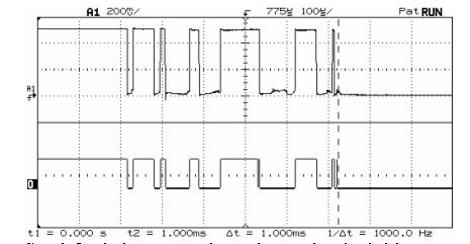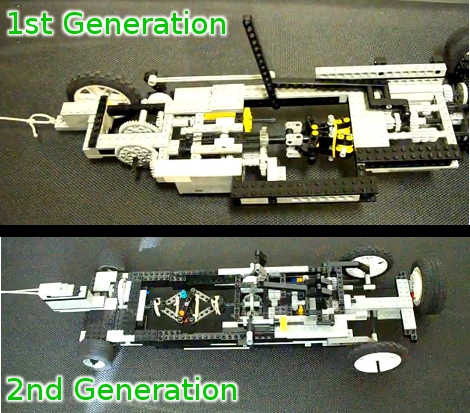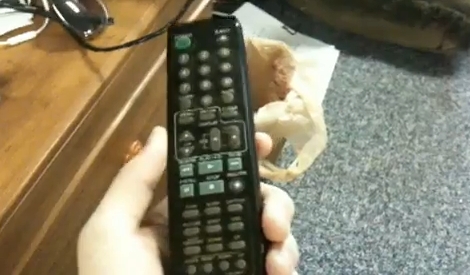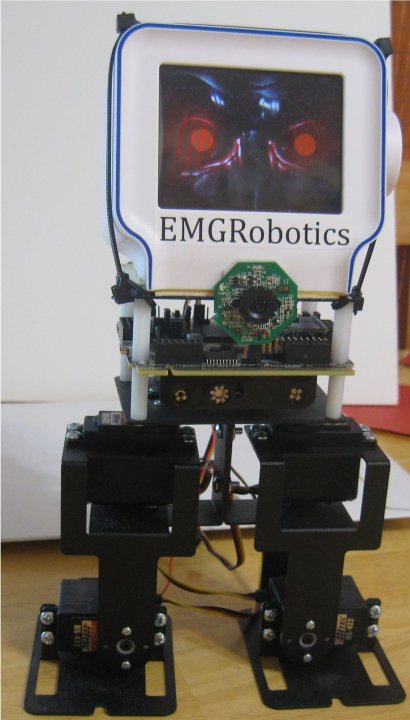
If you’ve ever designed an embedded system with at least one button you’ve had to deal with button debouncing. This is also know as contact bounce, a phenomenon where a button press can be registered as multiple button presses if not handled correctly. One way to take care of this is with a hardware filter built from a resistor-capacitor setup, or by using a couple of NAND gates. We find that [Jack Ganssle] put together the most comprehensive and approachable look at contact bounce which you should read through if you want to learn more.
We’re interested in software solutions for debouncing buttons. This seems to be one of the most common forum questions but it can be hard to find answers in the form of reliable code examples. Do you have debounce code that you depend on in every application? Are you willing to share it with the world? We’d like to gather as many examples as possible and publish them in one-post-to-rule-them-all.
Send your debounce code to: debounce@hackaday.com
Here’s some guidelines to follow:
- Please only include debounce code. Get rid of other unrelated functions/etc.
- You should send C code. If you want to also send an assembly code version that’s fine, but it must be supplementary to the C code.
- Please comment your code. This will help others understand and use it. You may be tempted to explain the code in your email but this info is best placed in the code comments
- Cite your sources. If you adapted this code from someone else’s please include a note about that in the code comments.
As an example we’ve included one of our favorite sets of debounce code after the break. Please note how it follows the guidelines listed above.















